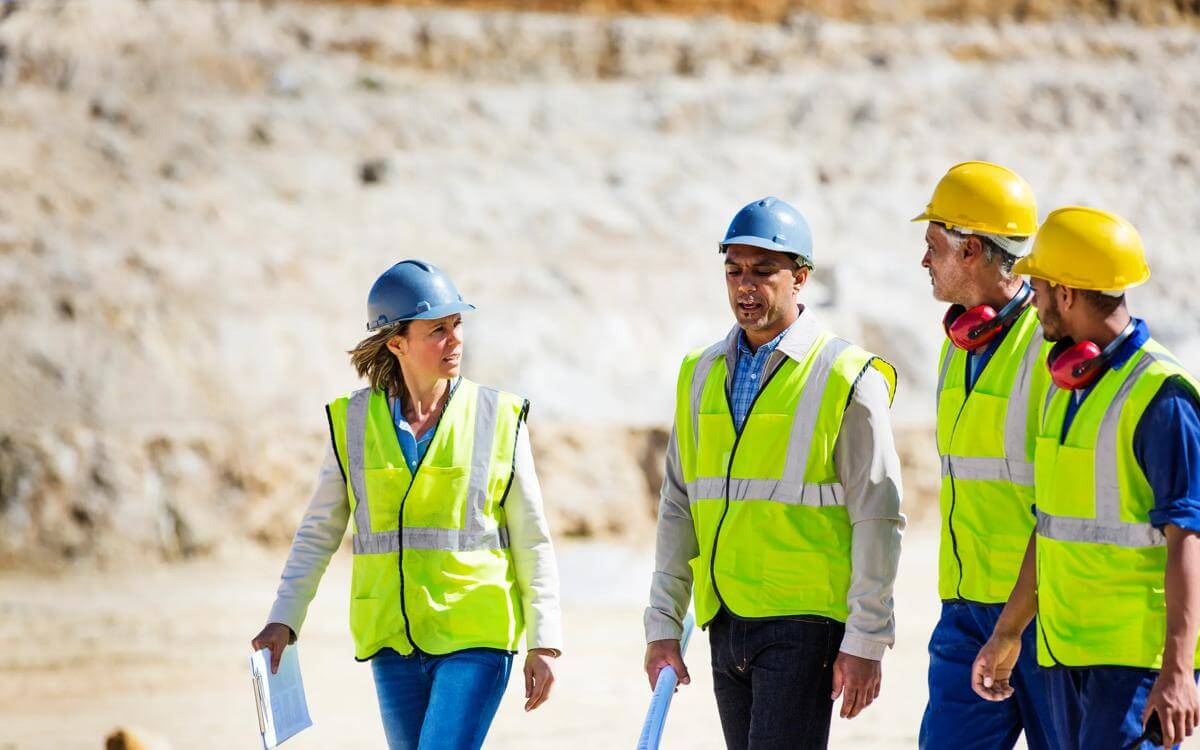This article was first published by Construction News.
The National Audit Office previously reported that around 24,000 school buildings are beyond their initial estimated design-life and around 700,000 pupils are in a school that is likely to require significant refurbishment. The report further implied that these improvements were necessary otherwise the unsuitable conditions may adversely affect the experience of pupils.
Furthermore, in light of new evidence, more than 100 schools in the UK have been told to immediately shut buildings that were built with reinforced autoclaved aerated concrete (RAAC) due to the risk of collapse, unless mitigations are put in place.
The Department for Education (DfE) previously conducted an investigation into RAAC in schools for over a year and concluded there is a “very likely and critical” risk of injury or death from a school building collapse. This latest move by the DfE to close more than 100 schools further highlights this risk, with many students and school staff disrupted as the new school year commences.
The problem with RAAC
RAAC resembles conventional concrete but is a lightweight alternative that was used extensively in building projects across the UK from the 1950s through to the 1990s. However, subsequent examination revealed its inferior durability compared with traditional concrete – it has a lifespan of only 30 years and it remains vulnerable to collapsing upon exposure to moisture.
In cases where RAAC is identified within school structures, repairs and corrective measures are critical because of the speed at which it can deteriorate and collapse. Notably, a primary school in Kent saw its roof collapse just 24 hours after the initial indications of structural strain surfaced. Following this incident in Kent, the Office of Government Property issued a safety advisory outlining the perils associated with RAAC and explicitly stated that “RAAC is now past its useful life and prone to collapse”.
Responding to the risk
Acknowledging RAAC as a foremost hazard to schools, the DfE has released non-statutory guidelines to help those responsible for their management. These guidelines set out a five-step process, providing a foundational framework for school administrators to better understand and respond to the risks that RAAC poses.
It is important that the risks posed by RAAC are investigated thoroughly (such as with a structural assessment conducted by a qualified provider) and quickly, with appropriate management and remediation strategies adopted to ensure the risks are mitigated. Failure to do so puts staff and students – as well as schools and their reputations – at significant risk, as well as causing major disruption to the learning of students.
The government does appear to be providing funding to those schools that have been forced to close as a result of the risks posed by RAAC, by way of covering the costs of any temporary buildings required. However, there have not been any publications on whether additional funding will be available to cover any other costs that arise as a result of the required construction works; this will likely be a cost borne by academy trusts or councils.
RAAC has not only been used in buildings for the education sector, but also in other public sector buildings. What is clear from recent events is that further research needs to be undertaken on other public sector buildings, including hospitals, to understand the extent of its use. The NHS has been undertaking surveys of sites and completing mitigating work since 2019, and NHS England has written to all hospital trusts asking those with known RAAC to review plans for patient evacuation “as a matter of priority”.
The Department of Health & Social Care has its own funding pot for a mitigation plan and associated works, even going so far as to commit to eradicating RAAC from the NHS estate entirely by 2035.
Whether the DfE is able to also offer the same level of commitment is yet to be seen. However, ultimately it is the responsibility of the DfE to ensure that appropriate funding and support is available to ensure all pupils have a safe and secure learning environment.









































